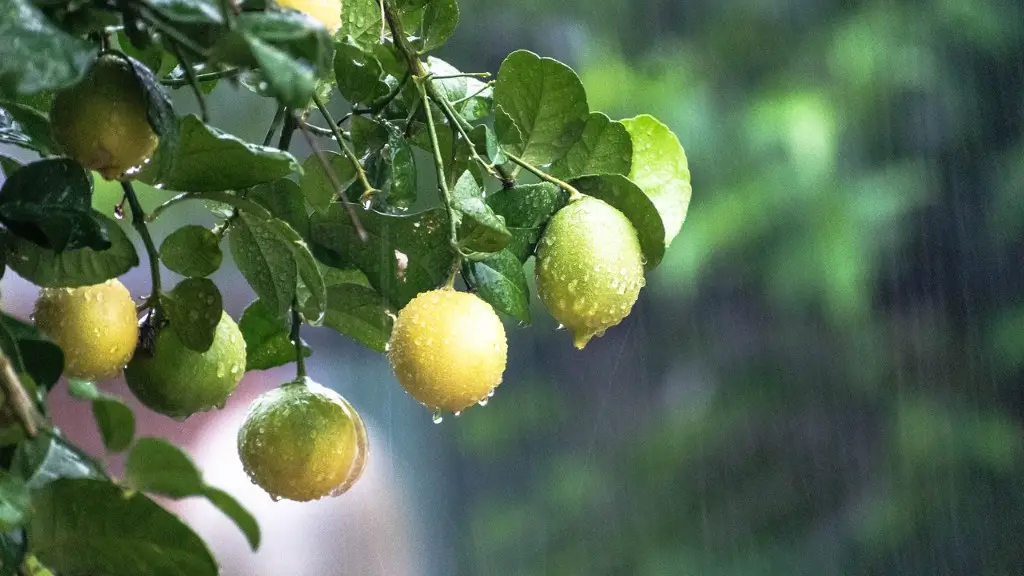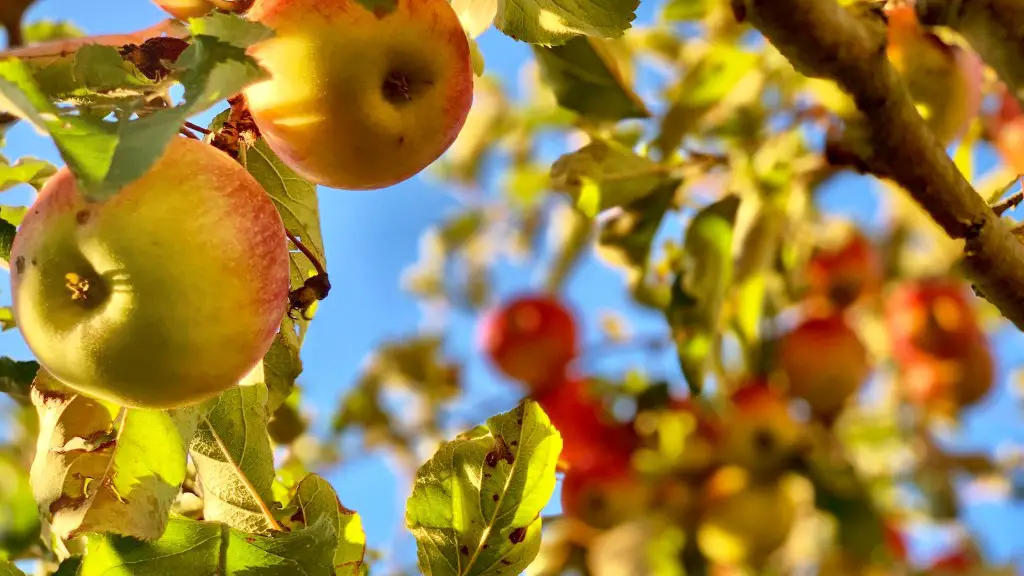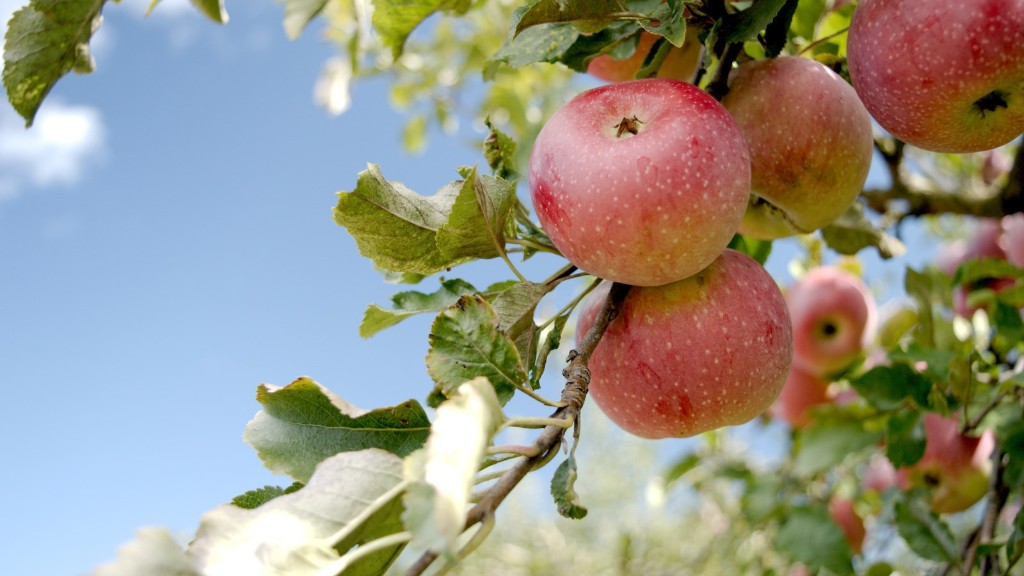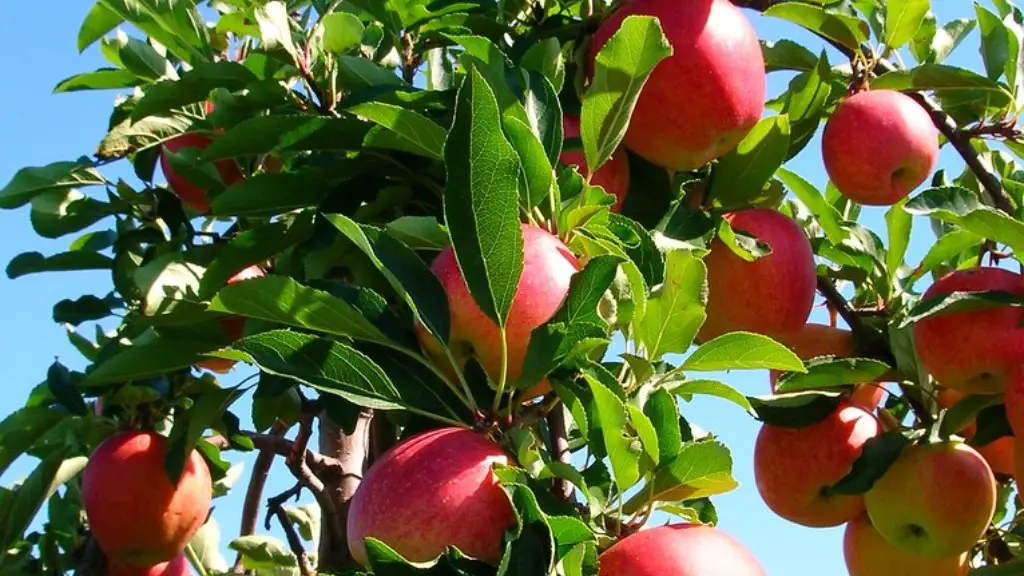Using a lemon tree outdoors can be a great way to make use of the available space in your garden or yard. It can also be a great way to add a unique and beautiful piece to your outdoor living area. However, there are a few things to consider before deciding to put your lemon tree outside.
Firstly, lemon trees need to be able to withstand hot temperatures, as well as cold temperatures. If your area experiences hot temperatures in the summertime, a lemon tree can survive if it gets plenty of sunshine and protection from the elements. However, it is essential to check with your local climate and determine what type of temperatures your lemon tree will be able to tolerate.
The second factor to consider when deciding to put your lemon tree outside is the amount of water it will require. Lemons require regular watering and should be checked regularly to make sure they have an adequate amount of water. If you are unable to provide enough water for your lemon tree, it is advised to find a location with easy access to water sources.
The third factor is the soil type. Lemons need soil that is well-drained and contains plenty of organic material for optimal growth. To get the best growth conditions for your lemon tree, it is necessary to check with your local nursery or garden centre for the soil type that is best suited to growing lemon trees.
Finally, you should consider the type of lemon tree that best suits your environment or area. There are many varieties of lemon trees, so it is important to research and select the one that is best suited to your particular environment or area. Some lemon trees may not survive in winter climates, while others will thrive.
Pruning and Fertilizing
In order to get the best out of your lemon tree, it is also important to know your pruning and fertilizing requirements. Pruning is essential for promoting growth and to maintain a healthy tree. When pruning, make sure to remove dead or diseased branches and prune branches that are overcrowding the tree. This will encourage healthy growth.
Fertilizing is also essential for a lemon tree’s health and wellbeing. A balanced fertilizer should be applied every two to three months during the growing season in order to provide the tree with the necessary nutrients. Additionally, a light fertilizer application could be done during the dormant period.
It is also important to check the soil pH level of your lemon tree. An ideal pH level should be between 6.5 and 8.5, ensuring that the lemon tree has access to all the necessary minerals and nutrients that it needs. If your soil is not within this range, you can add a suitable soil amendment to bring it within the desired range.
Furthermore, it is important to test the water your tree is getting to ensure its health. You can do this by using a soil pH tester or conducting a pH test using other methods.
Pests and Disease
When growing a lemon tree outdoors, it is important to be aware of pests and disease that may affect the health of your tree. Common pests, such as aphids, mites and scale insects can be easily dealt with by spraying your tree with insecticidal soap or other treatments. However, some pests may be harder to get rid of, and it is important to identify them early on.
Common diseases such as root rot and the bacterial disease known as canker can also affect your lemon tree. Root rot can be managed by providing the tree with adequate drainage and proper water management. Canker can be managed by using a copper-based fungicide.
In addition, citrus blight can affect your lemon tree if it is left untreated. This can be prevented by pruning and removing leaves infected with the fungus, as well as by using an appropriate fungicide.
It is important to keep an eye out for any new or unusual symptoms that you may see on your lemon tree so that you can take action as soon as possible. Early detection and treatment of pests and diseases can help to ensure the health and productivity of your lemon tree.
Frost Protection and Storage of Fruit
It is also important to remember that your lemon tree may need some frost protection in areas that experience colder temperatures. If you are in a colder climate, you can cover your tree with a frost blanket or an insulated cover to protect the tree from frost damage.
Finally, it is important to think about how you will store the lemons that your tree produces. Citrus fruits should be kept refrigerated for up to two weeks for optimal freshness. Alternatively, you can freeze the lemons and store them for up to six months.
Location and Sunlight Requirements
Location and sunlight requirements should be taken into consideration when deciding where to place your lemon tree. Lemon trees need lots of direct sunlight to thrive, so it is important to ensure that it is in a sunny location. The area should have access to plenty of sunshine during the day, as well as protection from high winds.
It is also important to consider the ground that you will be planting the lemon tree in. The area should have well-drained, high-quality soil with plenty of organic material. Additionally, the soil should remain moist for optimal lemon growth and health.
If you are growing your lemon tree in a container, then you should make sure that the container is large enough to accommodate the growth of the tree. You should also ensure that the container has good drainage and plenty of air circulation to promote good health in the tree.
Finally, it is important to remember that lemon trees will require regular pruning in order to maintain their shape and structure. Pruning should be done in the late winter or early spring months to prepare the tree for the growing season.
Tips for Growing a Healthy Lemon Tree Outdoors
When growing a lemon tree outdoors, there are a few tips to keep in mind in order to ensure its optimal health. Firstly, make sure to select an appropriate location that is sheltered from high winds and receives plenty of direct sunlight. Secondly, think about the soil type and the moisture levels when planting the tree. Thirdly, fertilize the tree every two to three months. Fourthly, choose an appropriate size of container when growing in a pot. Finally, prune your lemon tree regularly in order to maintain the desired shape and size.
With proper care and maintenance, a lemon tree can provide you with a beautiful and productive addition to your outdoor living space. With the right location, soil type and fertilizer, your lemon tree will be able to thrive and produce delicious lemons for many years to come.




